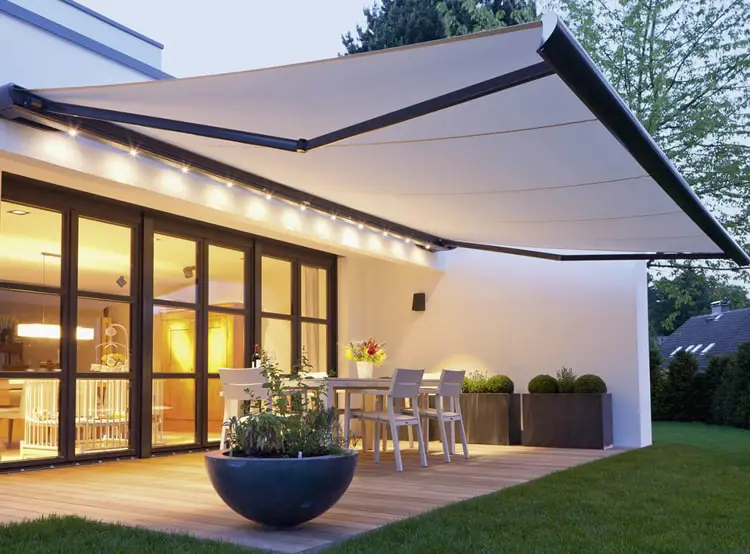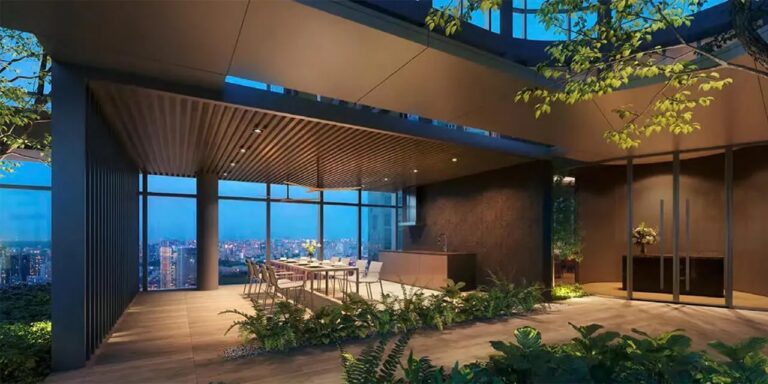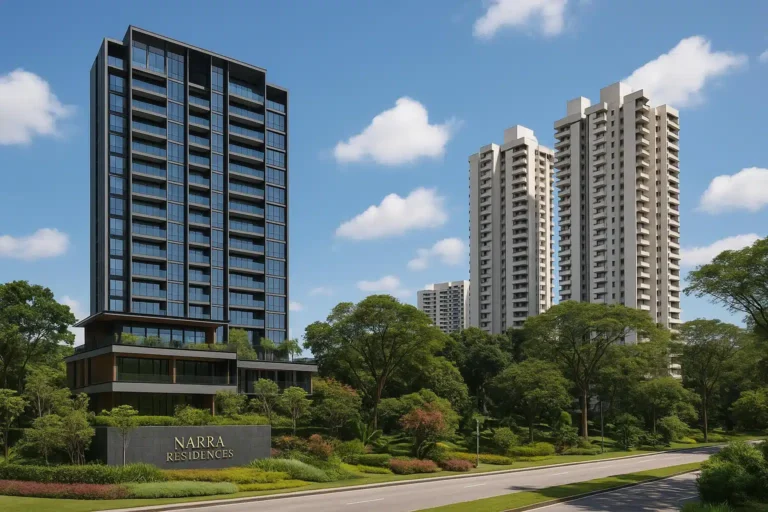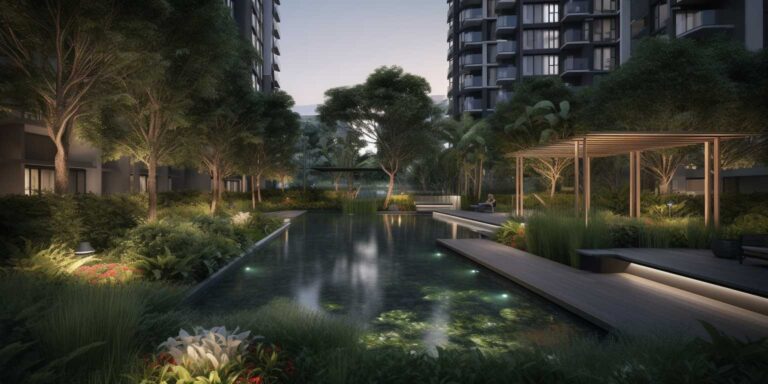
Awnings are a fantastic addition to any home, providing not only practical benefits but also significantly enhancing curb appeal. By choosing the right awnings, you can add style, character, and value to your home. Here’s a guide to help you understand how stylish awnings can transform your home’s exterior and improve functionality.
Understanding the Benefits of Awnings
Awnings offer a multitude of benefits, making them a worthwhile investment for homeowners. Here are some key advantages:
- Aesthetic Enhancement: Awnings can add a touch of elegance and sophistication to your home’s exterior. Available in various styles, colors, and materials, they can complement any architectural design and improve the overall look of your property.
- Energy Efficiency: By providing shade, awnings reduce the amount of direct sunlight entering your home. This helps to keep indoor temperatures cooler, reducing the need for air conditioning and lowering energy bills.
- Protection from the Elements: Awnings protect windows, doors, and outdoor spaces from harsh weather conditions, such as rain, snow, and UV rays. This can extend the lifespan of your home’s exterior and prevent fading or damage to your outdoor furniture.
- Extended Living Space: Installing awnings over patios, decks, or balconies can create comfortable, shaded areas for outdoor living and entertainment. This effectively extends your usable living space and allows you to enjoy the outdoors more frequently.
Choosing the Right Awnings for Your Home
Selecting the perfect awnings involves considering various factors, including style, material, and functionality. Here are some tips to guide you through the process:
- Determine Your Needs: Consider the primary purpose of the awnings. Are you looking to enhance aesthetics, provide shade, protect from rain, or all of the above? Understanding your needs will help you choose the right type of awning.
- Select the Style: Awnings come in various styles, such as retractable, fixed, and freestanding. Retractable awnings offer flexibility as they can be extended or retracted as needed. Fixed awnings provide constant protection and are typically more robust. Freestanding awnings can be placed anywhere and are ideal for creating standalone shaded areas.
- Choose the Material: Awnings are available in different materials, including fabric, metal, and polycarbonate. Fabric awnings are versatile and come in a wide range of colors and patterns. Metal awnings are durable and offer a sleek, modern look. Polycarbonate awnings are lightweight, durable, and provide excellent UV protection.
- Consider Color and Design: The color and design of your awnings should complement your home’s exterior. Neutral colors like beige, gray, and white are versatile and blend well with most home designs. Bold colors and patterns can add a striking focal point and showcase your personal style.
- Think About Additional Features: Modern awnings come with various additional features, such as motorization, remote control, and smart home integration. These features add convenience and allow you to adjust the awnings with ease.
Installing Awnings: Professional vs. DIY
Once you’ve chosen the right awnings, the next step is installation. You can either hire a professional or opt for a DIY approach. Here are the pros and cons of each option:
- Professional Installation:
- Pros: Ensures proper installation, minimizes risk of damage, and often comes with a warranty.
- Cons: Higher cost compared to DIY installation.
- DIY Installation:
- Pros: Cost-effective and can be a rewarding project for those who enjoy hands-on work.
- Cons: Requires time, effort, and some level of expertise. Mistakes during installation can lead to improper function or damage.
Maintaining Your Awnings
Proper maintenance is essential to keep your awnings looking great and functioning well. Here are some maintenance tips:
- Regular Cleaning: Clean your awnings regularly to prevent dirt, debris, and mildew buildup. Use a mild detergent and water for fabric awnings, and a gentle cleaner for metal and polycarbonate awnings.
- Inspect for Damage: Periodically inspect your awnings for any signs of wear and tear, such as rust, fraying, or mold. Address any issues promptly to prevent further damage.
- Store Retractable Awnings: If you have retractable awnings, store them properly during harsh weather conditions, such as heavy snow or strong winds, to prolong their lifespan.
- Lubricate Moving Parts: For motorized and retractable awnings, ensure that the moving parts are well-lubricated to maintain smooth operation.
Enhancing Curb Appeal with Awnings: Practical Tips
- Coordinate with Home Design: Ensure that the style, color, and design of your awnings coordinate with your home’s architectural style and exterior color scheme. This creates a cohesive and polished look.
- Focus on Key Areas: Install awnings over key areas, such as entryways, windows, and patios, to maximize their impact. Awnings over entryways can create a welcoming focal point, while window awnings can add symmetry and balance.
- Layer with Other Outdoor Elements: Combine awnings with other outdoor elements, such as plants, outdoor rugs, and furniture, to create a well-designed and inviting space.
- Lighting Integration: Integrate lighting with your awnings to enhance their functionality and aesthetic appeal. String lights, LED strips, or pendant lights can create a warm and inviting ambiance for evening gatherings.
Conclusion
Awnings are a versatile and stylish addition to any home, offering both aesthetic and functional benefits. By carefully selecting the right awnings and maintaining them properly, you can enhance your home’s curb appeal, improve energy efficiency, and create comfortable outdoor living spaces. Whether you opt for professional installation or a DIY approach, the effort will be well worth it as you enjoy the beauty and functionality that awnings bring to your home.




